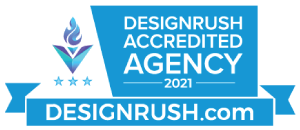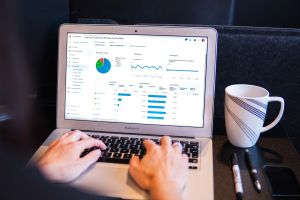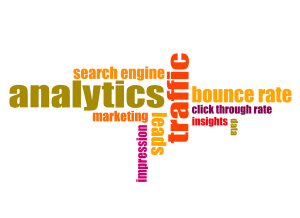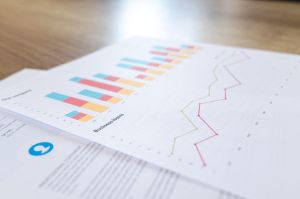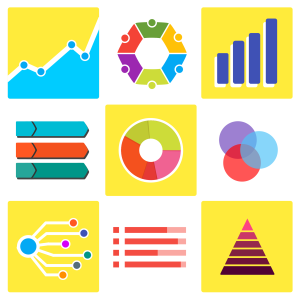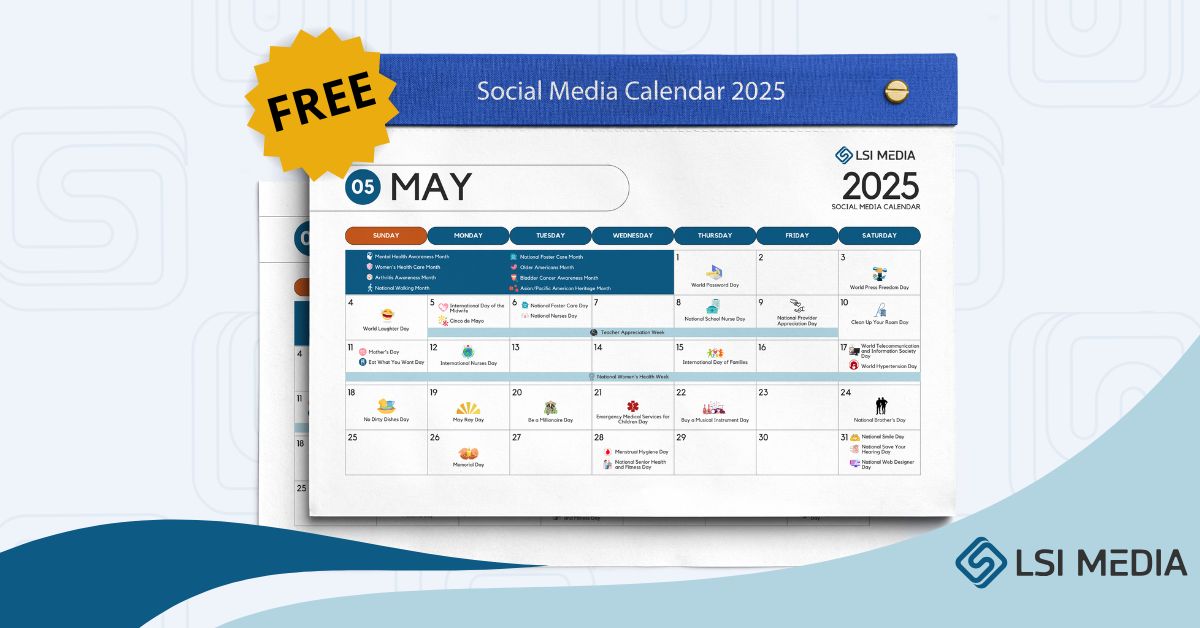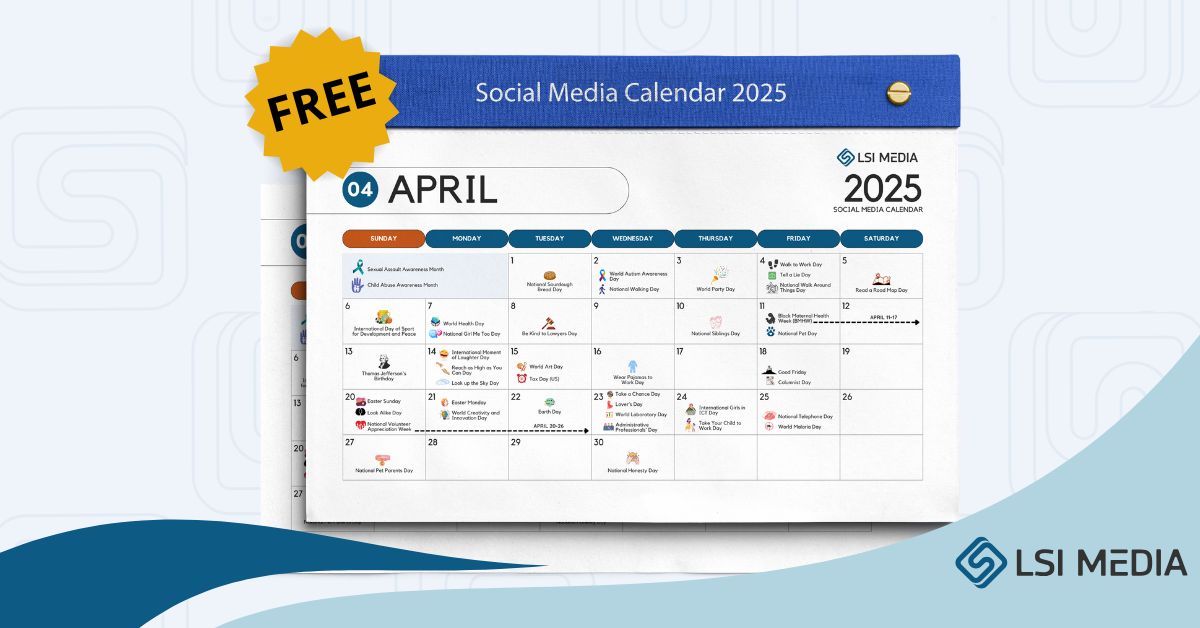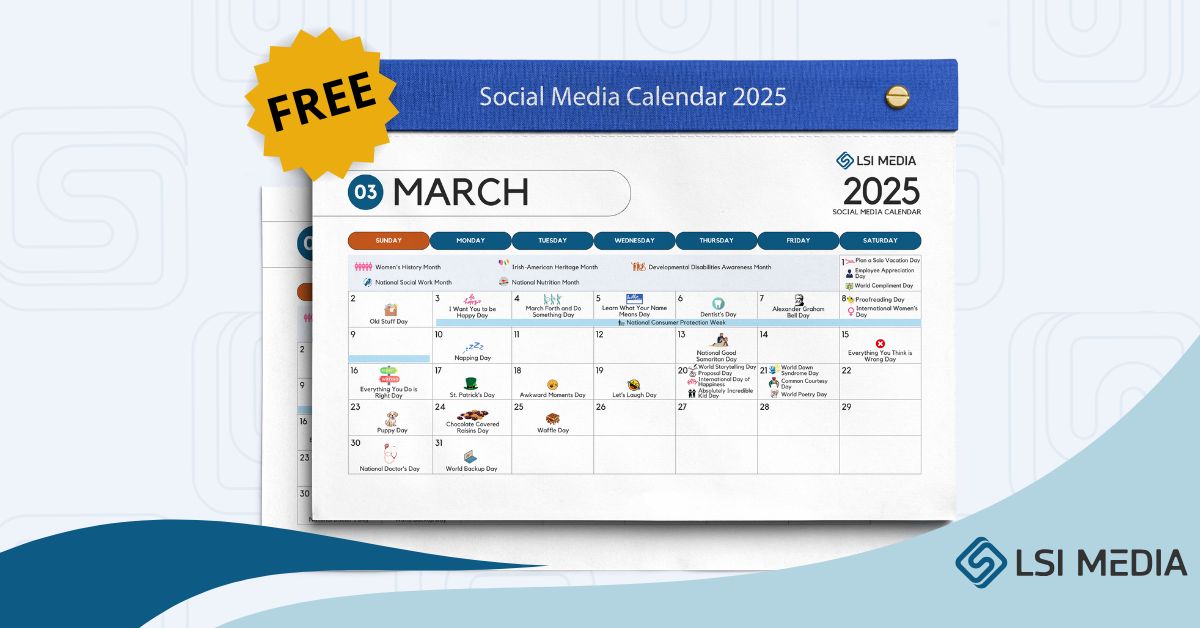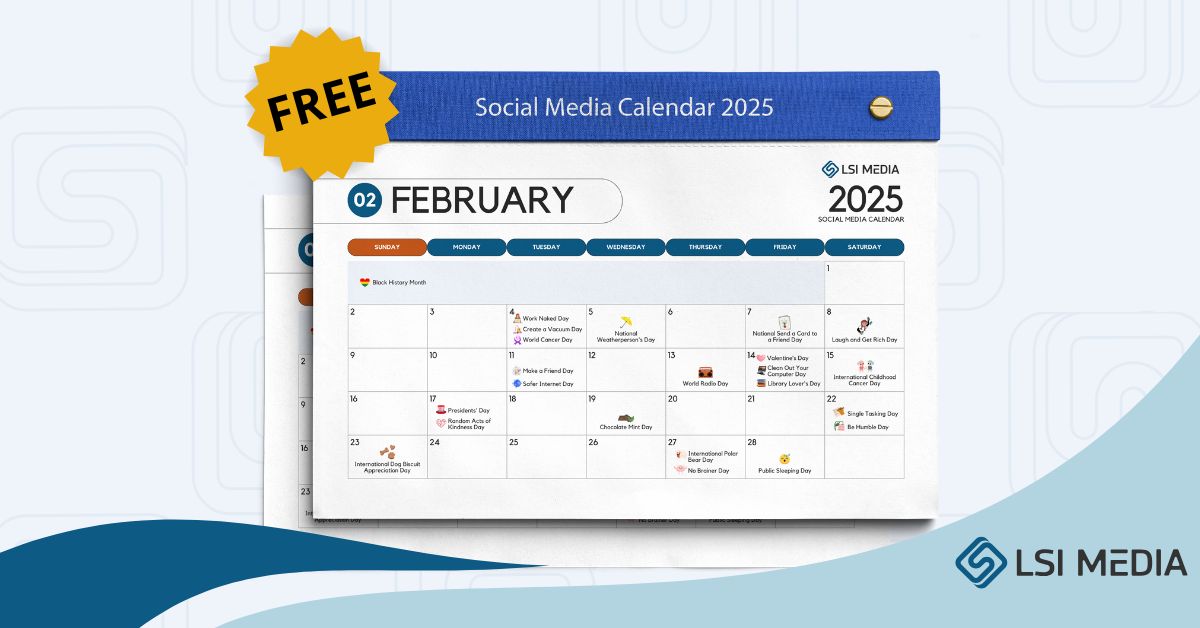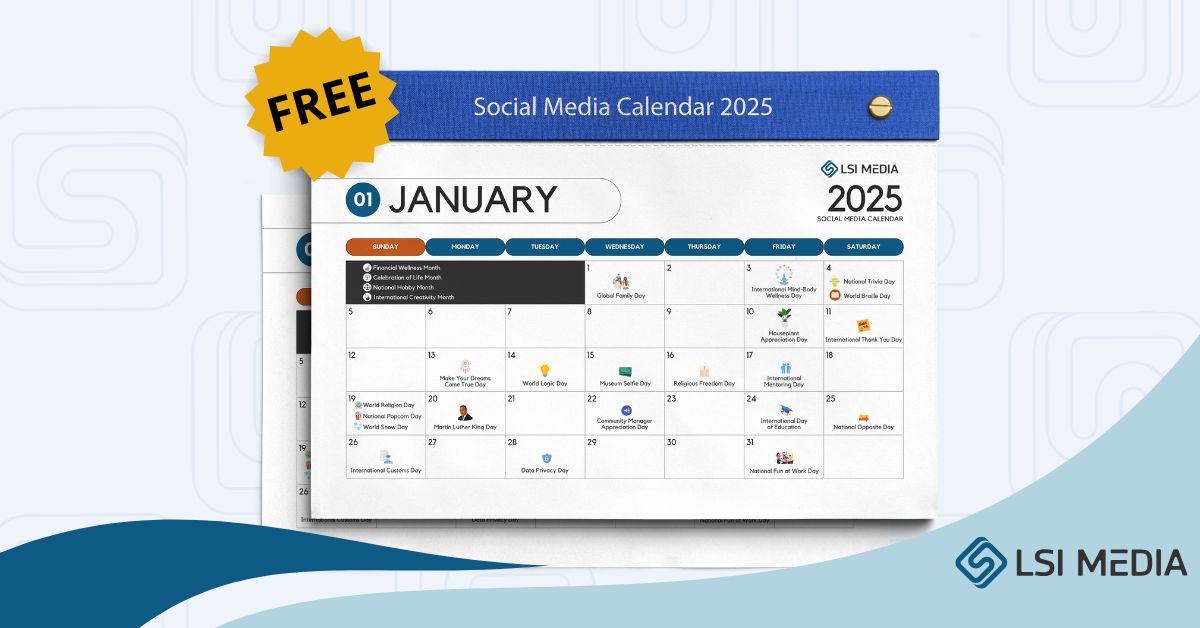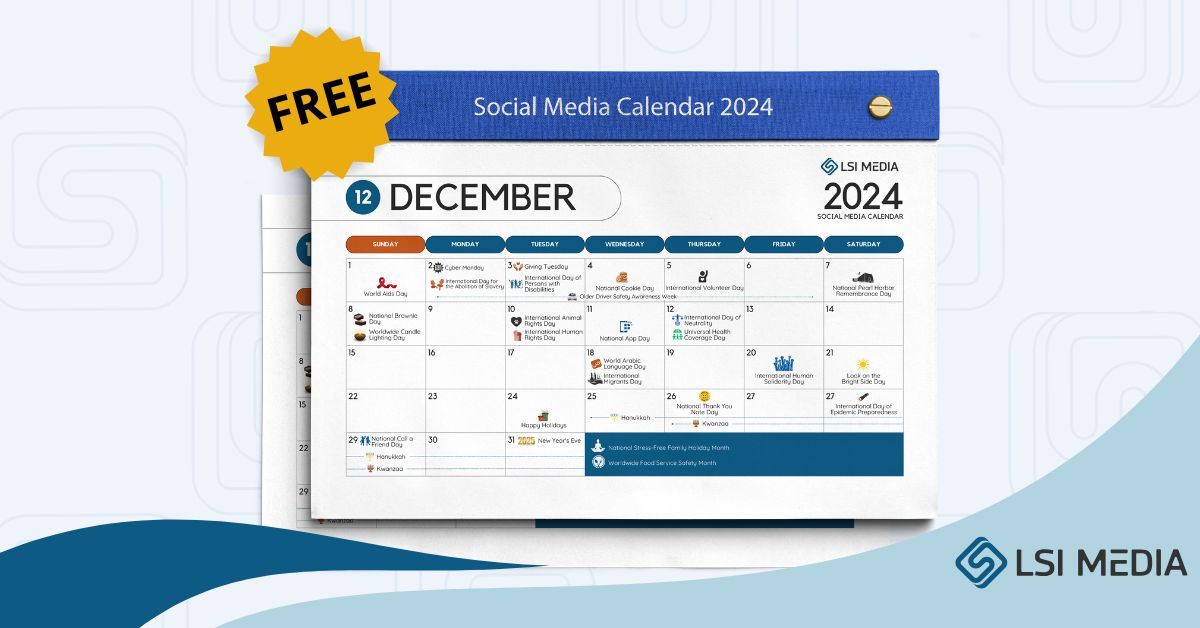Not everyone likes numbers, particularly statistics. For some people viewing too many numbers for too long is like looking at and reading Latin. However, the good news is that with social media marketing, you don’t have to be a math genius to be able to use social media analytics.
What is social media analytics?
Analytics is just a fancy word to replace information; that’s all analytics are, more information. These numbers show how many people are clicking on you or your website, sharing your content, or how many followers you have. These are important elements to consider if you want to get more of your niche market to visit your social media platforms and thus, gain more potential customers.
In analyzing the right information from social media analytics, you only need to make these three marketing efforts to drive traffic towards you. Social media analytics (SMA) collects data from social media sites and blogs and assesses that data to make business decisions.
This process goes beyond routine checking or a basic analysis of retweets or ‘likes’ to develop an in-depth idea of the social consumer. Analytics is the best way to enlighten engagement between your brand and your audience.
Like it or not, social media is sometimes a popularity contest, though it shouldn’t be that way. But that’s just how it is because if people visit your Twitter page and see only 30 followers, they might get turned off and go elsewhere. The same goes for Facebook, Instagram, or Pinterest.
However, there is a caveat to all this. Not all followers may be genuine because there’s a chance someone is using bots to automatically generate more followers because they want to look popular so that you can follow them back. Make sure you know the quality of your followers.
Number of shares
Knowing how many shares you get from certain updates or content will give you an exact idea of what is going on with your target market. You can see what content trends, updates, news, blog posts, and videos get the most clicks, so you should repeat these styles.
For those with the fewest, don’t even bother in the future. Remember that content is the king even in social media analytics. Every update, link, promotion, and shared like means that others are retweeting, clicking, or sharing with others. So, imagine that if you have 500 followers and some 200 shares of your content, you get an additional 200 potential visitors and possible conversions.
Web Traffic Means People Will Click You
You control when to come out with updates and content, so it’s only right that you post at different times and see what your analytics pick up. If you find out that you get more clicks when you post between 10:00 a.m. and 2:00 p.m. and you get more clicks on Friday and Saturday, try deliberately posting or commenting during those periods.
When you study your analytics, ensure you do so at least once weekly. This way, you get to study everything and will be able to make the correct adjustments in the following week. You also get to see if your adjustment for the previous week has borne fruit.
Conclusion
Social media analytics displays corresponding data to help you define the best content that gets your target audience’s attention. Also, it tracks the performance of your campaigns. You can change or correct your social media campaigns if things are not going according to your plan.
With social media analytics, you’ll be able to track the key metrics that greatly influence your sales and marketing goals. Using analytic tools can help you create better social media marketing plans and ideas and avoid wasting your efforts on strategies that don’t work.
FAQs:
1. How can social media analytics help increase web traffic?
Social media analytics can help increase web traffic by providing valuable insights into the performance of your social media efforts. By analyzing data such as engagement metrics, click-through rates, and user behavior, you can identify which social media platforms, content types, and strategies are driving the most traffic to your website.
2. What are the three best ways to use social media analytics to increase web traffic?
The three best ways to use social media analytics to increase web traffic are:
- 1. Content Optimization: Analyze the performance of your social media posts and identify which ones are driving the most traffic to your website.
- 2. Audience Analysis: Use social media analytics to understand your audience demographics, interests, and preferences, and tailor your content and promotions accordingly.
- 3. Campaign Monitoring: Monitor the performance of your social media campaigns and make data-driven optimizations to maximize their effectiveness in driving web traffic.
3. How can content optimization using social media analytics help increase web traffic?
Content optimization using social media analytics can help increase web traffic by enabling you to identify the types of content that resonate the most with your audience. By analyzing engagement metrics such as likes, comments, and shares, you can determine which topics, formats, and styles of content are most effective in driving traffic to your website. You can then replicate and expand upon the successes while adjusting or eliminating the underperforming content.
4. What are some key metrics to consider when analyzing social media analytics for web traffic?
Some key metrics to consider when analyzing social media analytics for web traffic include:
- Click-Through Rates (CTR): Measure the percentage of users who clicked on your social media posts and landed on your website.
- Referral Traffic: Determine the amount of traffic driven to your website from social media platforms.
- Engagement Metrics: Assess the levels of likes, comments, shares, and saves your social media posts receive, as these can indicate the level of interest and potential for driving web traffic.
- Conversion Rates: Track the number of social media users who convert into leads or customers on your website.


